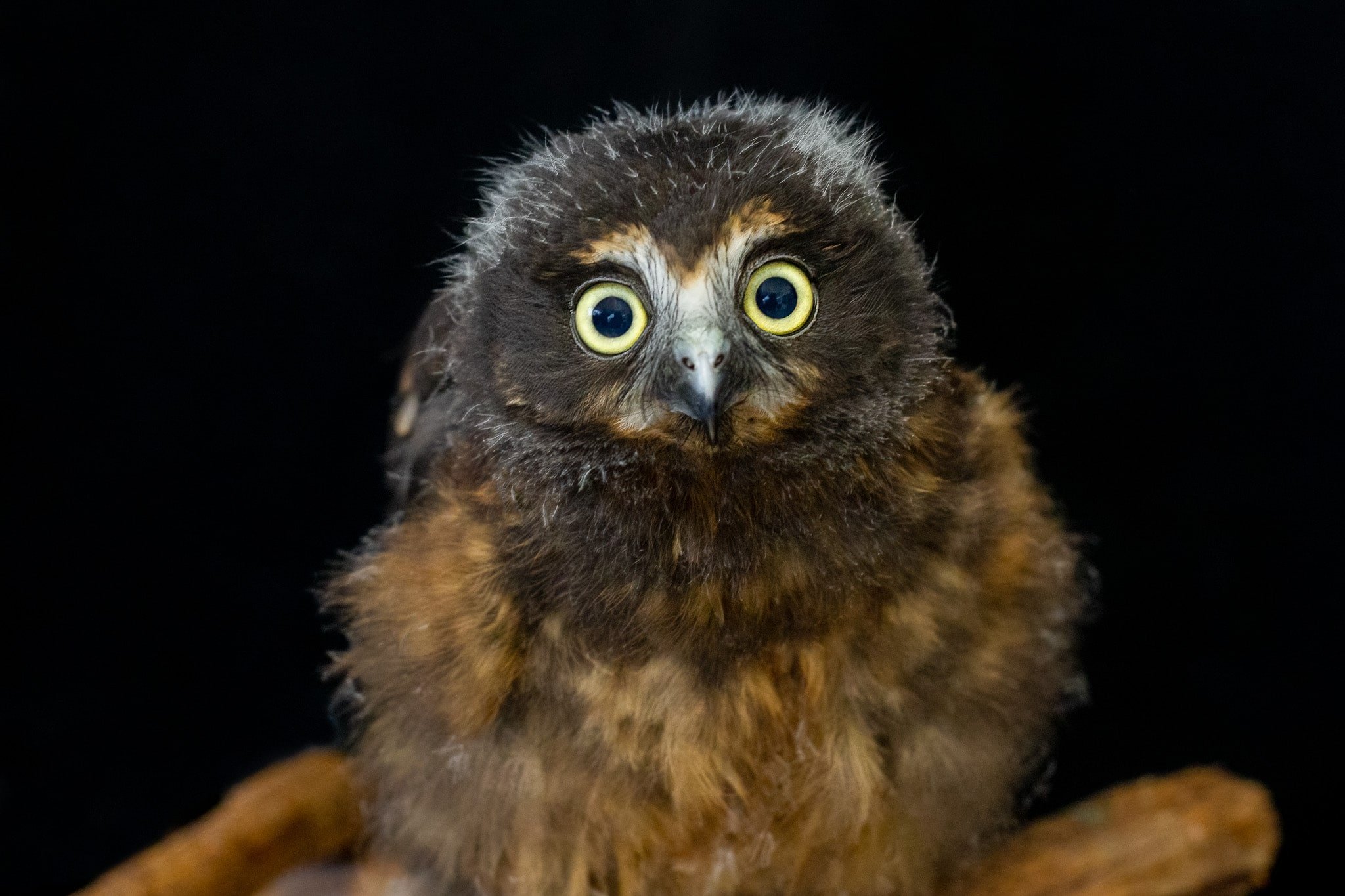
If you wish to view an image closer prior to buying, go back to the Collections page and click on it!
Prints
-

Tauhou Couple
The tauhou also known as the silvereye or wax-eye is commonly found in New Zealand. It is a small and friendly songbird, coloured mainly olive-green above and cream below, and is easily distinguished by the white rings around its eyes. If there is sugar water or fruit around, a group of these birds will provide much entertainment with their aggressive behaviour and aerial acrobatics. This cute couple were just happy to sit back and watch the other tauhou fight it out below them.
-

Tūī with tongue out
The tūī is an iconic New Zealand bird. Its distinctive white throat tufts (poi), its neck and nape adorned with fine white filoplumes, and feathers that have an iridescent blue and green sheen, makes it wonderful to behold. I was lucky to capture this one with its tongue out after sipping nectar from a flower.
-

Korimako (Bellbird) Portrait
Captain Cook described the sound of a korimako (bellbird) as being “like small bells exquisitely tuned.” This photo is especially colourful as the head of the bird is stained purple from the nectar of a native tree fuchsia.
-

Kākā eating a guava portrait
The kākā is a large forest-dwelling parrot endemic to NZ. I took this photo in the. backyard of a hostel on Great Barrier Island. It was thoroughly enjoying itself feeding on guava berries.
-

Tākapu in flight
The tākapu or Australasian gannet is a favourite bird of mine. I am fortunate to live not far from the gannet colony at Muriwai beach in Auckland. Visiting the colony is a wonderful experience for all.
-

Kea portrait
The endangered kea is one of the most intelligent birds in the world. In NZ it is found mostly in the alpine and forested environments of the South Island.
-

Barn Owl
Barn owls aren’t widespread in New Zealand and haven’t been here for that long. This one was photographed at Wingspan in Rotorua. Because it was raining heavily on the day I visited, the display was held in the Falconer’s shed. At one point the owl flew up and perched on the top of a wardrobe in a darkish corner of the shed. This was how the black background came about.
